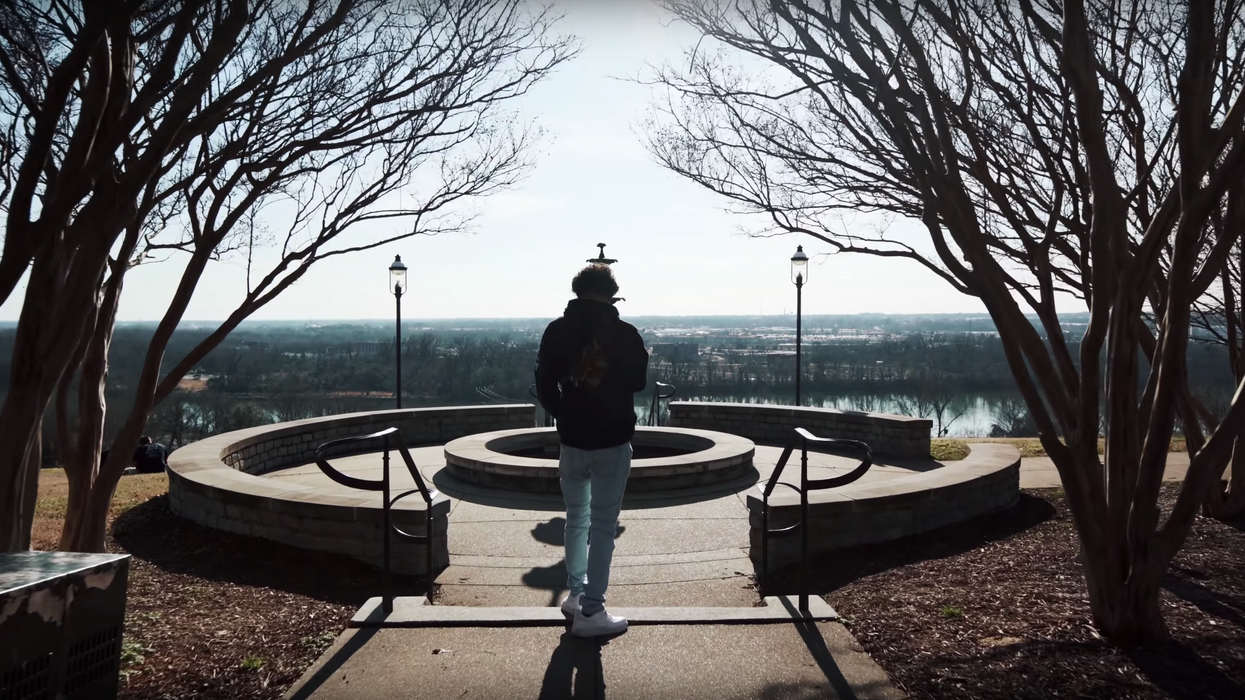5 Tips for Shooting in Bad Outdoor Lighting
Shooting exteriors can be a real challenge if you don't know how to use and control sunlight.

The sun is a great thing. It's warm, it promotes life on Earth, and it offers free lighting for filmmakers. However, it's also a sassy bitch sometimes.
When shooting exteriors, there are certain conditions and times of day in which it goes full Norma Desmond and wants to be the star of the show, shining bright and creating harsh, unflattering shadows on your subjects...probably in an attempt to make itself look better? I don't know.
In any case, there are ways to tame that gassy beast so you have more control over how the light hits your subjects. In this video, filmmaker Chrystopher Rhodes of YCImaging shows you several exterior lighting techniques you can use to do just that. Check it out below:
Bring Modifiers
Light modifiers, whether they're reflectors, flags, or big ol' white bead boards you get from a hardware store, can help you block and bounce light. If you need a little extra light under your subject's face because the noonday sun is right overhead, throw a reflector under there and bounce some light. If you don't like the intensity of the sunlight, you could use a black flag to block it out.
Use the Sun as a Sidelight
If you're using the sun as your key light, you're kind of at its mercy and have to work with what it gives you. If you've successfully avoided shooting at noon with all of that unappealing overhead light, you can use the sun as a sidelight.
Understand, though, that this kind of lighting carries with it a certain tone and mood. The sun is lighting only half of your subject's face, creating high contrast between light and dark areas, as well as enhanced shadows (chiaroscuro lighting), and this type of low-key lighting establishes a dramatic tone...one that you may not want.
I mean, using the sun as a sidelight might be better than the alternative, but just be aware of what this lighting choice is going to communicate to your audience.
Use the Sun as a Backlight
If you want to avoid the unflattering look of sunlight blasting your subject in the face, you can choose to use it as a backlight. You'll get some good separation between your subject and the background, as well as some nice light flares if you position things just right.
The one drawback is you'll most likely need some extra lights or modifiers to produce enough light for your subject's face.
Shade is Your Friend
If all else fails, tell the sun to take a hike. Seek refuge under a bridge, behind a building, under some trees, or wherever there's shade. You'll be able to film your subject in an environment that has even, soft light that doesn't create any dramatic shadows...plus, if you are able to get your hands on some battery-powered lights (or a generator), you'll be able to add and control lights as you see fit.
Keep in mind, though, that if you get areas beyond the shade within your shot, it's going to be overexposed...like very.
Neutral Density Filters Are a Must
What do you do when you go outside when it's bright? You wear sunglasses, friend, and your camera lens also likes sunglasses to cut down the harshness and brightness of the sun. They're called neutral density filters (ND filters) and they're essential for shooting exteriors, especially when your skies are getting blown out or when, like in the example I just gave, you're filming in the shade but capturing unshaded areas in your shot.
What are some other helpful exterior lighting tips other than avoiding it altogether? Let us know down below.
Source: YCImaging
















